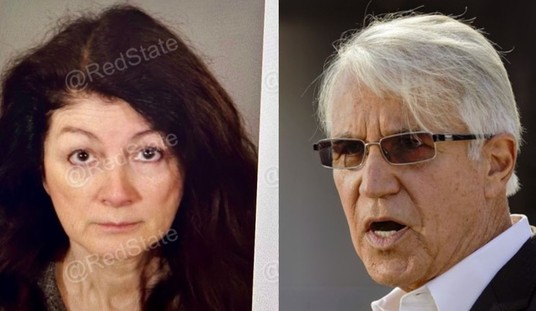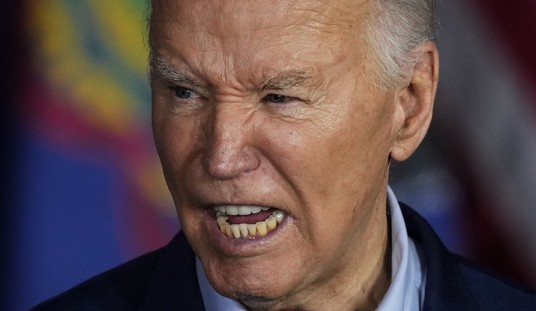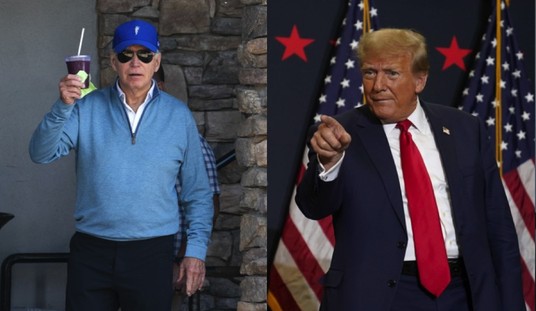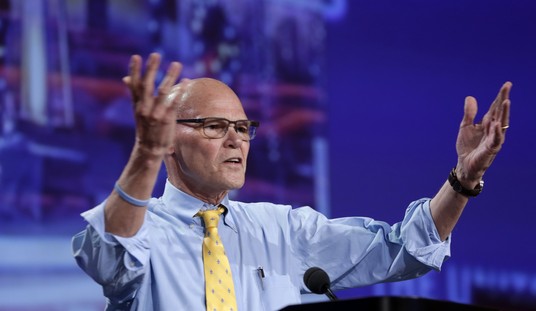This might be an example of revisionist history that would give the 1619 Project a run for its money. Oklahoma’s Superintendent of Public Instruction, Ryan Walters, faced backlash after denying that race was the primary cause of the Tulsa Race Massacre in 1921, during which up to 300 people were killed and thousands of Black residents were displaced.
Walters made the remarks during a public forum, where Cleveland County Republican Party invited him to speak:
First, Walters spoke about his policies.
“It doesn’t matter how much the radical left attacks me,” Supt. Walters said. “It doesn’t matter how much the teachers union spends against me. I will never stop speaking truth.”
Then, the crowd had a chance to ask the State Supt. some questions.
“Why are you banning books and coming to speak at a library,” Someone asked.
Someone asked how the Tulsa Race Massacre doesn’t fall under Walters’ definition of Critical Race Theory (CRT).
“Let’s not tie it to the skin color and say that the skin color determined that,” Walters said.
Some walked out of the room after Walters’ comments. Needless to say, many criticized him for attempting to water down this moment in American history. Attorney Damario Solomon-Simmons of Justice for Greenwood condemned his remarks.
“He’s misinformed and this is a disgusting comment and it’s so inaccurate and false,” he said. “The massacre was all about the skin color of the Black people who were destroyed. The [white mob] call Greenwood N-word town. They said they wanted to run the Blacks out of Tulsa.”
Solomon-Simmons claimed folks like Walters “do not want the truth to be told” about “the history of those who have oppressed, discriminated against, beaten, lynched, killed, and destroyed Black people.”
Those who know even a little bit about the Tulsa Massacre understand that it is impossible to separate race from the incident if it is to be taught accurately.
The massacre occurred between May 31 and June 1, 1921. It was triggered by an altercation between Dick Rowland, a young Black man, and Sarah Page, a white woman, in an elevator. Though the details of the encounter remain unclear, rumors spread that Rowland had assaulted Page, fueling racial tensions in the city. A white mob gathered at the courthouse where Rowland was held, demanding his lynching. In response, a group of armed Black men arrived to protect Rowland.
The situation quickly escalated into widespread violence and destruction. A white mob, estimated to be around 2,000 people, attacked the predominantly Black Greenwood District, also known as Black Wall Street, which was a prosperous African American community with thriving businesses and homes. The mob looted, burned, and destroyed homes and businesses, leaving a trail of devastation. The violence lasted for about 18 hours, with the National Guard called in to restore order.
By the end of the massacre, an estimated 35 blocks were destroyed, around 191 businesses were ruined, and numerous Black residents were killed or injured. The exact death toll remains uncertain, but it is believed to range from 75 to 300 people. Thousands of Black residents were displaced, and the Greenwood District was left in ruins.
Walters’ comments come amid years of backlash against progressives presenting ideas related to critical race theory in K-12 classrooms. Many, including myself, have criticized school districts that teach about America’s troubled history with race in a way intended to label white students as oppressors and black students as oppressed. While most want the good, the bad, and the ugly taught to kids, teachers in several school districts have turned history lessons into propaganda tools.
However, this story presents an example of how those opposing the left’s agenda are swinging too far in the other direction. This is not the only scenario in which this has happened. In some cases, people pushing back against critical race theory have gone so far as to advocate for the banning of material about Ruby Bridges and Dr. Martin Luther King Jr.
It is also fair to point out that Walters is not necessarily indicative of the overall movement to teach accurate history. Still, this story should serve as a reminder that we do not want to fall into the same revisionist behavior that we see on the hard left.














Join the conversation as a VIP Member